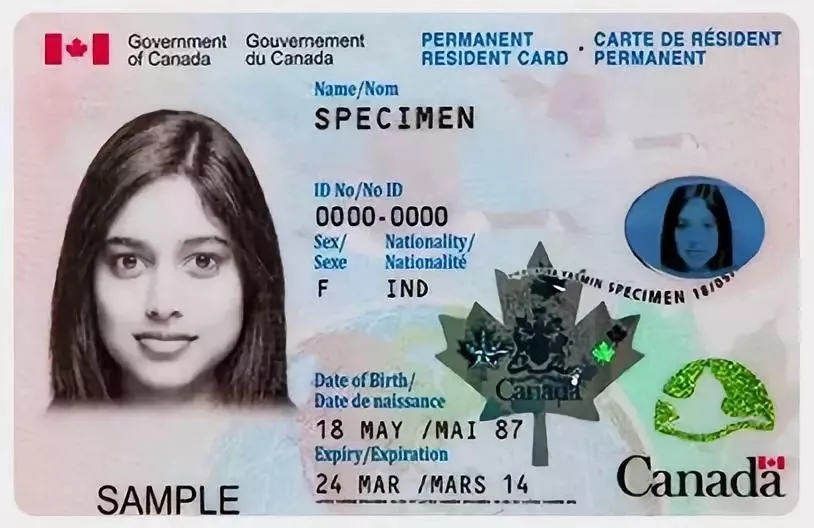What's the Difference Between Canadian PR and Citizenship?

Everyone says they’re almost the same, but there are still differences, each status has its own pros and cons, and rights and responsibilities.
Canada is a dream destination for many immigrants. Some come here to earn money, others want a better future for their children, and some just want a better life overall. In Canada, everyone is treated with respect, and the government makes efforts to support its residents. Additionally, immigrating to Canada is not as difficult as to many other countries.
Obtaining Permanent Residence
If you are moving to Canada, chances are you dream of one day becoming a citizen. This process takes time, and the first step is to obtain permanent resident (PR) status.
We also recommend reading about the difference between temporary and permanent residence in Canada.
Canada offers more than 120 immigration programs that allow you to become a permanent resident. You can apply for these programs even while still living in your home country. Whether you are a laborer or a top executive, fluent in English or just at a basic level, with or without a higher education, there is likely an immigration program that fits your profile. Once you find the right program, you submit your application, and if it's approved, you’ll be invited to obtain permanent residence.
What if none of the programs seem to fit your situation or you don’t have enough points for an invitation? Then you’ll need to make an effort – for example, by learning French in addition to English, enrolling in a Canadian university, or finding a job in Canada. So don’t give up, there are always alternative routes.
Pros and Cons of Permanent Residence
Let’s say you’ve obtained permanent residence. What rights does it give you? In simple terms, you can do almost anything you want, as long as it’s within the law – and trust me, Canadian laws are strictly enforced. You can live in Canada indefinitely, receive most social benefits like healthcare, child benefits, and unemployment insurance. You’re also eligible for tax credits, can contribute to pension plans, and plan for your future retirement.
Moreover, you can work without restrictions and access education at the same rates as Canadian citizens, which is much cheaper than for international students. Permanent residence even allows you to travel visa-free to some countries, primarily in Central and South America.
In many ways, having permanent residence makes you almost like a Canadian citizen, but some things remain off-limits. For example, you cannot vote or run for political office, and you’re ineligible for jobs that require security clearance.
One more thing: unlike citizenship, you can lose permanent residence status. For instance, if you commit a serious crime, you can be deported and banned from re-entering Canada, which means losing your PR status. Also, you cannot spend more than 2 years outside of Canada within a 5-year period, or you risk losing your PR. However, once you become a Canadian citizen, there’s no need to meet any residency requirements to maintain your status.
What Does Permanent Residence Look Like?
You’re probably curious about what permanent residence looks like. Every person who receives PR status gets a special plastic card, which contains personal information like your photo, date of birth, gender, and the card’s expiration date. This card is called a PR card. If you don't apply for citizenship, you’ll need to renew your PR card every 5 years. In addition to the PR card, you can also obtain a permanent resident travel document, which can serve as identification when traveling or crossing borders.

Becoming a Citizen
Permanent residence is great, but having a Canadian passport is even better. How can you get one? You’ll need to live in Canada for 3 years as a permanent resident and follow the law. After that, you can apply for Canadian citizenship.
There’s a small detail: the 3 years must be within a 5-year period. To be precise, you need to accumulate 1,095 days of physical presence in Canada. This means that if you travel abroad frequently, you may need to wait longer – possibly 4 to 5 years – to accumulate the required days. You’ll also need to pass a language test and a citizenship exam.
Let’s start with the language test. If you’re applying for citizenship and are between the ages of 18 and 54, you must prove that you can communicate in one of Canada’s two official languages at a CLB level 4 or higher. This level allows you to talk about everyday topics, use common words, basic grammar, and express your thoughts. In short, it's a basic level of proficiency. I think that after living in Canada for 3 years, it’s impossible not to learn the language to this level unless you completely avoid interacting with locals.
The citizenship exam has the same age requirement: 18 to 54. You’ll need to answer questions about the rights and responsibilities of Canadians and about Canada itself. There will also be questions on history, geography, the economy, government, laws, and national symbols. The test can be taken in English or French. It lasts 30 minutes and has 20 questions, and you need to answer at least 15 correctly to pass.
Trust me, passing this test is not hard. It took me only 5 minutes, though I did prepare in advance. If you’re 55 or older, you’re in luck – no tests are required.
Learn more about how I passed the citizenship test in 5 minutes and eventually obtained my Canadian passport.
Rights and Responsibilities of Citizens
So, what does Canadian citizenship give you? I’ve already mentioned most of it: you cannot lose your status, you won’t be deported, and you can vote and participate in elections, as well as hold political office or any job without restrictions. Additionally, you get a strong passport, allowing you to travel visa-free to over 170 countries. You also don’t have to renounce your original citizenship to obtain Canadian citizenship – Canada allows dual citizenship.
With the benefits of PR and citizenship clear, let’s not forget about the responsibilities. For example, taxes. If you are in Canada as a permanent resident, citizen, or even just on a visa and live in the country for more than 6 months a year, you must pay income tax. Canada has a progressive tax system – the more you earn, the higher your tax rate. You are also required to file a tax return each year.
Even if you temporarily leave Canada, whether to work, study, or just travel, you are still required to file tax returns and pay taxes in Canada, even on foreign income. Luckily, Canada has tax agreements with many countries, so you won’t be taxed twice.
To sum up, PR and citizenship offer nearly identical privileges, but citizenship comes with more benefits and you cannot lose it. In any case, you must first obtain permanent residence. You can reach out to us, and our licensed immigration consultants will help you with the process.
Alex Pavlenko, Founder of Immigrant.Today





























